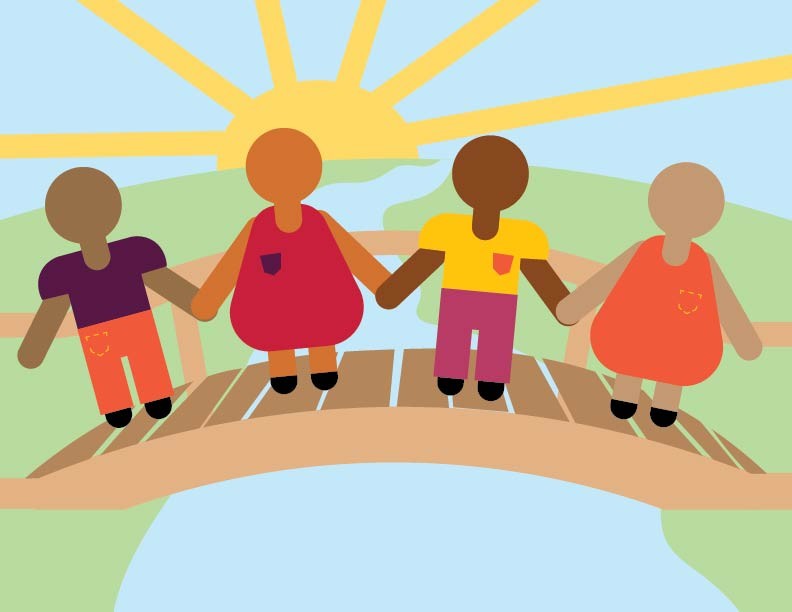An initiative aimed at promoting housing stability among Minneapolis Public Schools students entered its first full academic year as classes started this week.
The Stable Homes Stable Schools program assists families with children enrolled at one of 15 Minneapolis schools with paying rent and maintaining stable housing. The program, slated to receive more than $3 million in Mayor Jacob Frey’s recently proposed budget, is partnering with University of Minnesota researchers to measure its impact among students and their families.
Addressing student homelessness and housing instability is necessary to promote achievement in Minneapolis, Frey said.
“We can’t expect our students to learn and succeed in the classroom if they don’t have a room to rest their head at night. That’s what Stable Homes Stable Schools is all about,” Frey said.
Although the Minneapolis Public Housing Authority and Minneapolis Public Schools have previously discussed student homelessness, they did not have the resources to develop a program, said MPHA Director of Policy and External Affairs Jeff Horwich.
“The City’s primary role is in funding the program, which is no small thing,” Horwich said.
As the initiative progresses, University researchers will collaborate with city and school officials, among others, to gather data and evaluate the program’s effectiveness.
The City’s partnership with University researchers stems from their work on Homework Starts with Home, a statewide program that aims to promote housing stability among homeless and highly mobile families.
Ann Masten, a professor at the University’s Institute of Child Development, co-leads an interdisciplinary team of researchers and officials working on the Homework Starts with Home initiative. For Masten, it made sense for researchers to partner with Stable Homes Stable Schools because the two programs investigate similar social problems.
“They’re interested in such similar questions as we are…it made a lot of sense for us to use similar strategies to help them,” Masten said.
Researchers will use information compiled by Minnesota-Linking Information for Kids, or Minn-LInK, a system based out of the University’s School of Social Work that gathers administrative data from governments, public schools and other entities across Minnesota.
Because Stable Homes Stable Schools is a new program, it will take time to collect the data needed to analyze the program’s success. Even a few years into the initiative, it could be difficult to gauge certain measures of success, Masten said.
“It takes time to really promote resilience in families and kids. However, you can get early indicators,” she said. “Early signs of change would be improved attendance, improved engagement in school [and] students who are moving from school to school less often.”
Frey said he hopes to use the data and evaluations generated by researchers to develop a “data-oriented and results-driven” program.
As of last week, Stable Homes Stable Schools had enrolled 125 families with 396 children, according to Frey, and he estimates the initiative could eventually enroll more than 600 students.
Frey said he expects the initiative to reach far beyond promoting educational achievement.
“We should be doing everything possible to ensure that students and kids in our city have the opportunity to succeed,” he said. “That opportunity is hamstrung without stable housing.”







